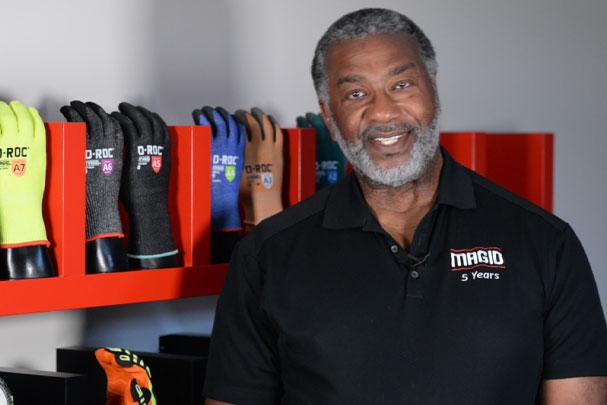
How to Prevent Employee Burnout
You’ve probably seen it in the news – the World Health Organization (WHO) classifies “burnout” as an occupational phenomenon. Not to be confused with general stress, which is temporary and less debilitating – burnout includes “feelings of energy depletion or exhaustion; increased mental distance from one’s job or feelings of negativism or cynicism related to one's job; and reduced professional efficacy.”
A Gallup study found that a surprising two-thirds of workers reported experiencing symptoms of burnout.
A 2022 YouGov study specific to industrial workers found that 47% of them are stressed at work, and 1 in 5 say stress is negatively affecting their mental health. While that’s bad news in any profession, it’s particularly alarming for safety managers with workers doing dangerous jobs. A disengaged accountant might lose a decimal point. A disengaged industrial worker might lose a limb.
What are the Symptoms of Worker Burnout?

Disengagement from the work environment

Listlessness or consistent fatigue

Increased absenteeism

Unusual isolation and distance from others

Cynicism or worsening attitude

Increased accidents
Keep in mind that all your workers are different and the way they experience worker burnout may be different too. Take individual personalities into account when deciding if you should be concerned.
What causes Worker Burnout?
Possible causes of worker burnout include:
- Lack of autonomy or control – feeling no ability to influence how the job is done or feeling that work is unimportant or monotonous
- Unclear job expectations – vague lines of authority or murky measures of success
- Negative or dysfunctional work environment – including everything from general low morale to discrimination or bullying
- Lack of social support and/or rewards – isolation at work or feeling unfairly compensated or unrecognized for efforts
- Poor work/life balance – working too many hours or spending too many hours worrying about the job while at home
- Dealing with personal stress in addition to work – coming to work already depleted so on-the-job issues are harder to handle
How to Avoid Worker Burnout
If you feel that your workers may be at risk, there are changes you can make to boost your safety culture and help to energize your people.
Find Your Leaders
Rotate your safety committee members so everyone who wants to participate gets a chance at some point. This creates a larger sense of responsibility, increases buy-in and motivation, and helps you to identify future leaders.
Encourage Communication
Have smaller safety meetings or toolbox talks so your more introverted workers feel comfortable speaking up with ideas or concerns.
Recognize Contributions
Start rewarding your workers for spotting safety hazards or for speaking up with a better way to do the job. This kind of empowerment makes people feel they’re in control of what they do and that their opinions matter. You benefit by getting observations from the front lines and by keeping safety top-of-mind for everyone.
Provide Enrichment
Plan optional team-building activities like donating time to Habitat for Humanity or organizing a night for your team to volunteer at a local soup kitchen. Increasing a sense of community and belonging solidifies relationships and encourages communication.
Promote Good Physical and Mental Health
Use toolbox talks and everyday reminders to encourage workers to get their rest, eat and drink healthier, and take small breaks throughout the day. If you have a worker struggling with personal problems, refer them to any counseling services your HR Department may provide.
All of these ideas add up to the same general attitude – letting your workers know that you care and that their contributions matter. In the end, a little recognition and community may be just what you need to keep your workers motivated, engaged, and safer on the job.
Want more tips to keep workers energized and involved? Visit our Safety Managers’ Secrets page! While you’re there, leave a tip of your own.
TELL ME THE SECRETS







